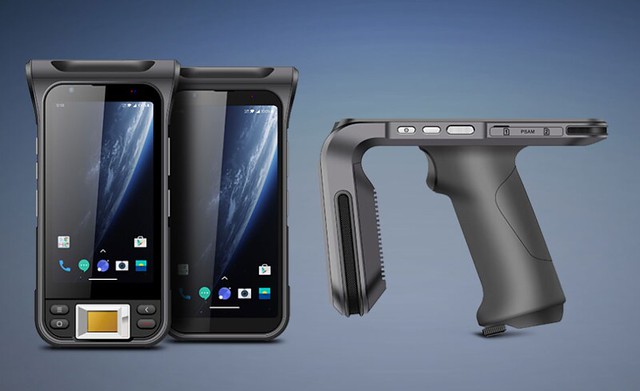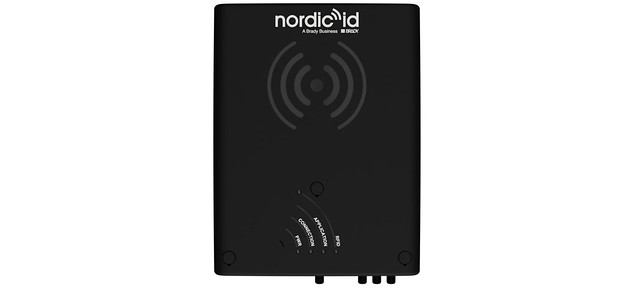UHF RFID Reader: The Ultimate Solution for Efficient Tracking and Inventory Management
Introduction:
In today’s fast-paced world, where time is Enterprise-level RFID reader with UHF Capability of the essence, businesses are constantly looking for innovative solutions to streamline their operations. One such solution that has gained immense popularity in recent years is the UHF RFID reader. This cutting-edge technology has revolutionized the way bu

sinesses track and manage inventory.
Manufacturing Process:
UHF RFID readers are manufactured using advanced technologies and state-of-the-art materials. These devices are designed to operate at ultra-high frequencies, typically between 860 MHz and 960 MHz. The manufacturing process involves assembling high-quality components that ensure accuracy and durability.
Key Features:
The key features of a UHF RFID r Long Range RFID Reader eader include long-range capabilities, enterprise-level functionality with UHF capability, compatibility with passive UHF RFID tags, and ultra-high frequency (UHF) operation. These features make them ideal for various industries such as logistics, warehousing, retai

l, healthcare, and more.
Advantages:
1. Increased Efficiency: With a long-range reading distance of up to several meters, UHF RFID readers enable businesses to quickly identify multiple items simultaneously without manual intervention.
2. Real-Time Data Capture: Thanks to their highly responsive nature, these readers provide real-ti High Quality UHF RFID Reader Seller me updates on inventory status.
3. Improved Accuracy: Unlike traditional barcode scanners that require line-of-sight scanning, UHF RFID readers can read tags even when they are not within direct view.
4. Cost-Effective Solution: Implementing a UHF RFID system eliminates the ne UHF RFID Reader ed for manual data entry or frequent barcode replacements.
How to Use a UHFRFID Reader:
Using a UHFRFID reader is simple and efficient:
1.Installation: Begin by positioning the antennas strategically in areas where tagged items will pass through frequently.
2.Tagging Items: Attach or embed passive RFIDs onto your inventory items before storing them in design UHF RFID Reader Manufacturer ated areas.
3.Reader Setup: Configure the UHF RFID reader by connecting it to a computer or network and adjusting the reading distance and other settings.
4. Data Capture: Once everything is set up, simply pass the tagged items within range of the readers, and they will automatically capture and store relevant data.
How to Select a UHFRFID Reader:
When selecting a UHF RFID reader for your business needs, consider the following factors:
1. Reading Range: Assess your inventory storage area’s size and choose a reader with an appropriate reading range.
2. Compatibility: Ensure that the reader is compatible w UHF RFID Reader ith commonly used passive UHF RFID tags.
3. Integration Capabilities: Opt for a reader that can seamlessly integrate into your existing software systems.
4. Reliability and Durability: Look for reputable manufacturers who offer high-quality products known for their reliability in demanding environments.
Conclusion:
Passive UHF RFID reader In conclusion, incorporating a UHF RFID reader into your business operations can significantly enhance efficiency, accuracy, and productivity while minimizing costs associated with manual data entry errors. By choosing UHF RFID Reader a reliable manufacturer/seller of high-quality UHF RFID readers like XYZ Corporation (a prominent name in this industry), you can rest assured that you are investing wisely in cutting-edge technology that will provide UHF RFID Reader Seller long-term benefits to your organization.
Remember – For all your tracking and inventory management needs, trust only top-notch solutions offered by industry-leading providers like XYZ Corporation – The number one choice for High-Quality UHF RFID Readers!


